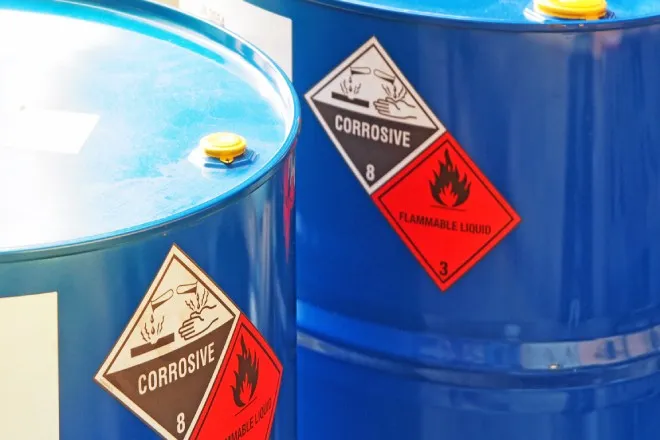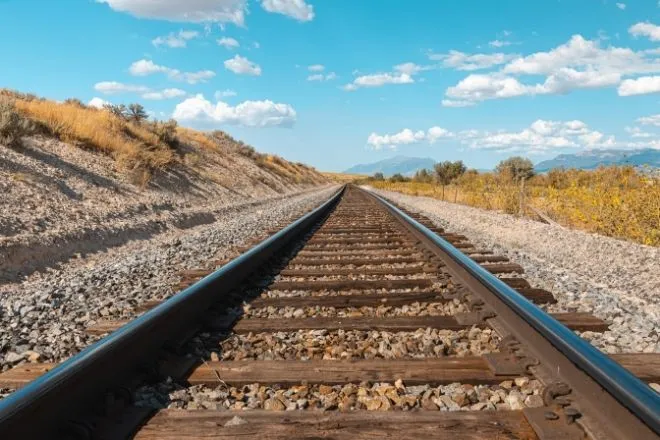
3 Ways to Improve Irrigation Efficiency and Increase Yields
Irrigation is essential to successful agricultural production. By effectively moving groundwater to your fields, you can promote maximum crop growth during the growing and harvest seasons. If you’re a farmer who wants to produce bigger yields, read our advice below—we share three ways to improve irrigation efficiency.
Recognize Your Crops’ Needs
Some types of crops require more water than others, so determine how much water you’re using in specific areas and adjust if necessary. This is often a challenge, as crops’ water requirements change based on their growth stage and your location’s climate. Keep in mind that water pressure is higher near pump stations—you don’t want the system’s nozzles to overwater certain crops. Ideally, you’ll want to distribute the water across your fields as evenly as possible.
Understand the Soil and Field
Due to their textures, various types of soil hold different amounts of water. Monitor soil moisture between watering to familiarize yourself with how much water your crops are using. You’ll also need to understand the length and slope of a field, as these factors affect the water flow rate as well as the volume of water that your systems should provide to your fields.
Invest in and Properly Maintain Equipment
Pumping systems affect the daily water flow to your fields. That’s why we suggest investing in pumps specifically designed for agricultural irrigation. The pumps you use should seamlessly integrate with the rest of your equipment, so make sure you consider the pumps’ size and output before you purchase them. Generally, agricultural applications require centrifugal or submersible pumps with high flow rates and the ability to handle low-viscosity liquids. Additionally, maintaining your pumps is essential to reducing energy costs and preventing water waste. When necessary, fill your pump’s oil reservoir, adjust its impellers, swap out its engine, and replace any old hoses or nozzles.
















